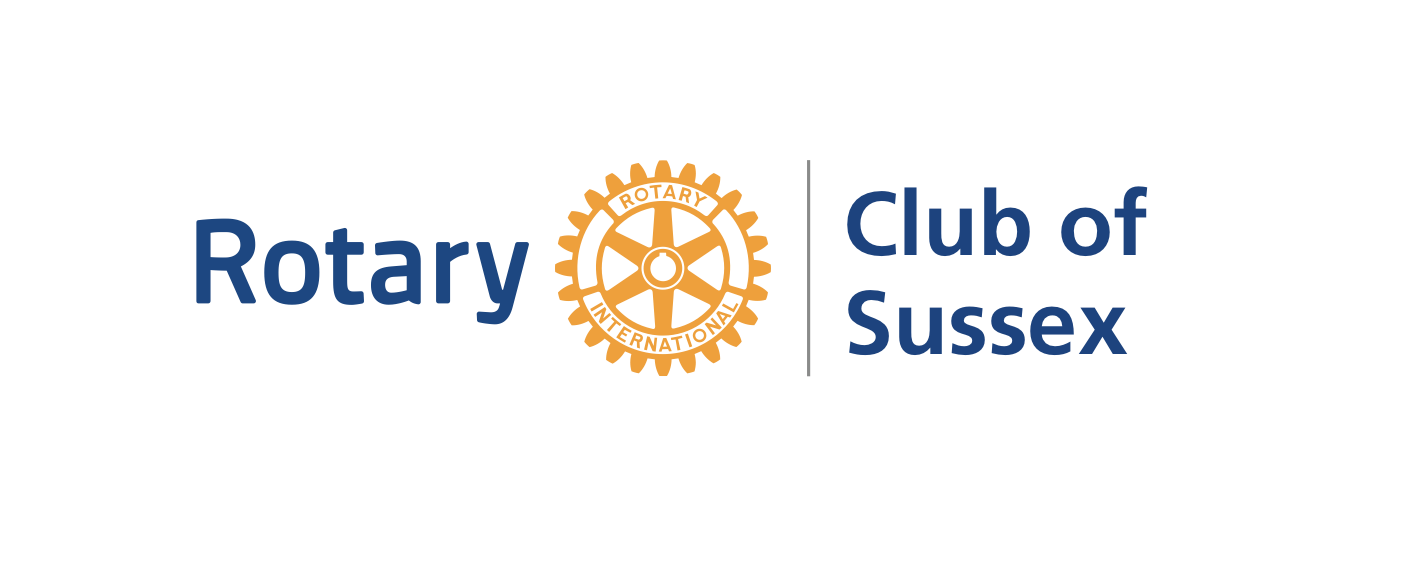
Robert Kimball introduced Melissa Cummings-Keith, Manager of Client Care, for RBC on Oct. 24, 2011.
Bank of Canada is issuing new polymer banknotes in November. RBC has been offering sessions on these new notes for local business owners and passed around pamphlets with information used in the session on the new bills.
Chantal Roger, Corporate Crimes Division of the RCMP, then spoke on the new bills with the aid from a slide show...
The new polymer notes will be out in three weeks if all goes well. Her presentation was that used by the Bank of Canada to introduce the new notes. The Bank of Canada is the only maker of notes in Canada; they are responsible for making notes that Canadians and the world place their confidence. Counterfeit bills hit a high in 2004 but have dropped every year since. In 2004 an estimated $500,000 in bills were counterfeited, and in 2009 / 2010 combined, there was less than $100,000.
Contrary to popular belief, cash in not going anywhere, even with credit cards, debit cards and chip cards, etcetera, the number of bills produced is growing every year. Cash is private with no fees and no worries of computer systems crashing and causing chaos with payment options and methods.
The “Bird Series” cash was made in the ’90s and had the first Optical Security Device (OSD). This is the little square on the top left-hand side of the bills. If you fold it in half, you should be able to see both the green and the gold reflections.
The next series was the “Original Guardian Journey” series, and in 2001 when they first started issuing the $5 and $10 bills, they did not include the metallic strip in them but did on the rest of the higher value notes. This caused confusion and some difficulties with businesses thinking that the original fives and tens were counterfeit. Still, they soon included the trip in them, too, and this was called the Canadian Guardian Series. This series also has a hidden number that can only be seen when held at eye level and tilted on its side. The number is on the circle on the left-hand side.
One thing to look for with this series in the hundred dollar bills is the strip. Counterfeiters often used the strip from the ten-dollar bill and put it in the hundred dollar bill to make it more authentic looking. This series has raised ink and dashes made of OSD woven into the bill, and the dashed on the front should line up perfectly with the reverse side.
The Bank of Canada has a website that you can visit, and it will give tips on ways to detect fake bills and things to look for that can only be found on real bills. See www.bankofcanada.ca/banknotes for more details.
